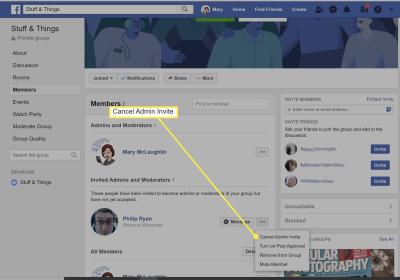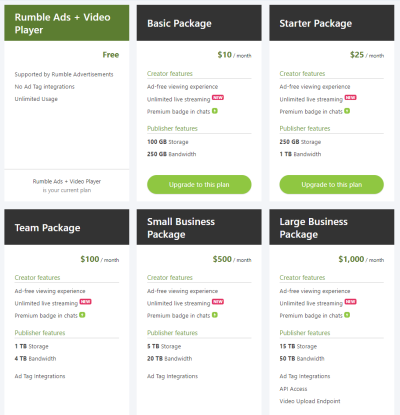Creating stunning visuals on Behance is essential for capturing the attention of potential clients and collaborators. However, achieving that visual appeal often hinges on one crucial element: focus. In this guide, we’ll explore how to adjust focus in your designs to enhance their impact and make your work stand out in a crowded marketplace. Let’s dive in!
Understanding the Importance of Focus in Visuals
Focus in visual design is akin to the spotlight in a stage performance; it directs the viewer’s attention to what truly matters. Whether you’re showcasing a logo, an illustration, or a photography project, understanding how to manipulate focus can significantly enhance your work’s effectiveness.
Here are some reasons why focus is crucial:
- Guides the Viewer: Effective use of focus helps guide the viewer’s eye to the most important elements of your design. For example, in a product showcase, the product should be the focal point, with everything else supporting it.
- Creates Emotional Impact: Focus can evoke feelings and convey messages. A tightly focused shot of a smiling face can create a sense of warmth, while a blurred background can emphasize the subject’s importance.
- Enhances Composition: A well-placed focal point can improve the overall composition of your work. Techniques like the rule of thirds and leading lines can draw attention to key areas.
To illustrate these points, consider a photographer who captures a landscape. By focusing on a vibrant flower in the foreground while softening the background, they create a striking contrast that draws the viewer in. Similarly, graphic designers can use focus to create hierarchy, ensuring that headlines and calls to action stand out prominently.
In summary, effectively adjusting focus is essential for creating visually appealing designs that resonate with your audience. By mastering this skill, you can elevate your Behance portfolio and attract more attention to your work.
Also Read This: How to Become an Exclusive Contributor on iStock
3. Step-by-Step Guide to Editing Images on Behance
Editing images on Behance is an essential skill to enhance your project’s visual appeal. Here’s how you can do it step-by-step:
- Log into Your Behance Account: Start by logging into your Behance account. If you don’t have one, creating an account is simple and free.
- Select Your Project: Navigate to your profile and select the project you want to edit. You can also create a new project if you’re starting fresh.
- Upload Your Images: Click on the ‘Edit Project’ button. Here, you can upload new images or select existing ones. Drag and drop images directly from your computer for convenience.
- Access the Editing Tools: Once your images are uploaded, click on the image you wish to edit. You’ll see editing options like cropping, rotating, and adjusting brightness/contrast.
- Apply Filters: Behance offers several filters to enhance your images. Experiment with different filters to find the one that complements your project’s theme.
- Optimize Image Size: Ensure that your images are optimized for web use. This not only improves loading times but also maintains image quality.
- Preview and Save Changes: After making your edits, preview how your project looks. If you’re satisfied, click on ‘Save’ to apply your changes.
Remember, clear and engaging images can significantly boost your project’s attractiveness on Behance!
Also Read This: How to Annotate an Image for Clear Explanations and Notes
4. Tips for Enhancing Visual Appeal
Want to make your Behance projects stand out? Here are some nifty tips to enhance your visual appeal:
- Use High-Quality Images: Always opt for high-resolution images. Blurry or pixelated visuals can detract from your project’s professionalism.
- Create a Cohesive Color Palette: Stick to a consistent color scheme throughout your project. Tools like Adobe Color can help you find harmonious color combinations.
- Incorporate Text Creatively: If you include text, choose fonts that are legible and align with your project’s theme. Consider using bold text for headings and a contrasting color for better readability.
- Utilize Negative Space: Don't overcrowd your images with elements. Giving space allows your visuals to breathe, making them more impactful.
- Tell a Story: Arrange your images in a way that narrates a story. This creates a journey for your viewers, keeping them engaged.
With these tips, you’ll not only enhance the visual appeal of your projects but also create a memorable experience for your audience on Behance!
How to Adjust Focus on Behance for Better Visual Appeal
Behance is a powerful platform for showcasing creative work, and the visual appeal of your portfolio can significantly impact its effectiveness. Adjusting focus in your projects is essential to guide viewers' attention and enhance the overall aesthetic. Here are some strategies to improve your visual presentation:
- Use High-Quality Images: Ensure all images are of high resolution. Blurry images can detract from the professionalism of your work.
- Consistent Color Palette: Choose a cohesive color scheme that reflects your brand. This consistency helps create a unified look across your projects.
- Effective Composition: Utilize the rule of thirds or symmetry to create balanced layouts. This technique can make your work more engaging.
- Highlight Key Elements: Use contrast to draw attention to important features. Bright colors or bold fonts can help make specific aspects stand out.
- Limit Clutter: Avoid overcrowding your projects with too much information. Simplifying your design allows viewers to focus on the most critical elements.
| Strategy | Benefit |
|---|---|
| High-Quality Images | Enhances professionalism and clarity. |
| Consistent Color Palette | Creates a cohesive and recognizable brand identity. |
| Effective Composition | Makes the design visually appealing and easier to navigate. |
| Highlight Key Elements | Directs viewer attention effectively. |
| Limit Clutter | Improves focus on the main message. |
In conclusion, adjusting focus on your Behance portfolio is crucial for enhancing visual appeal. By implementing these strategies, you can create a more attractive and engaging presentation that effectively showcases your creative talents.
 admin
admin








